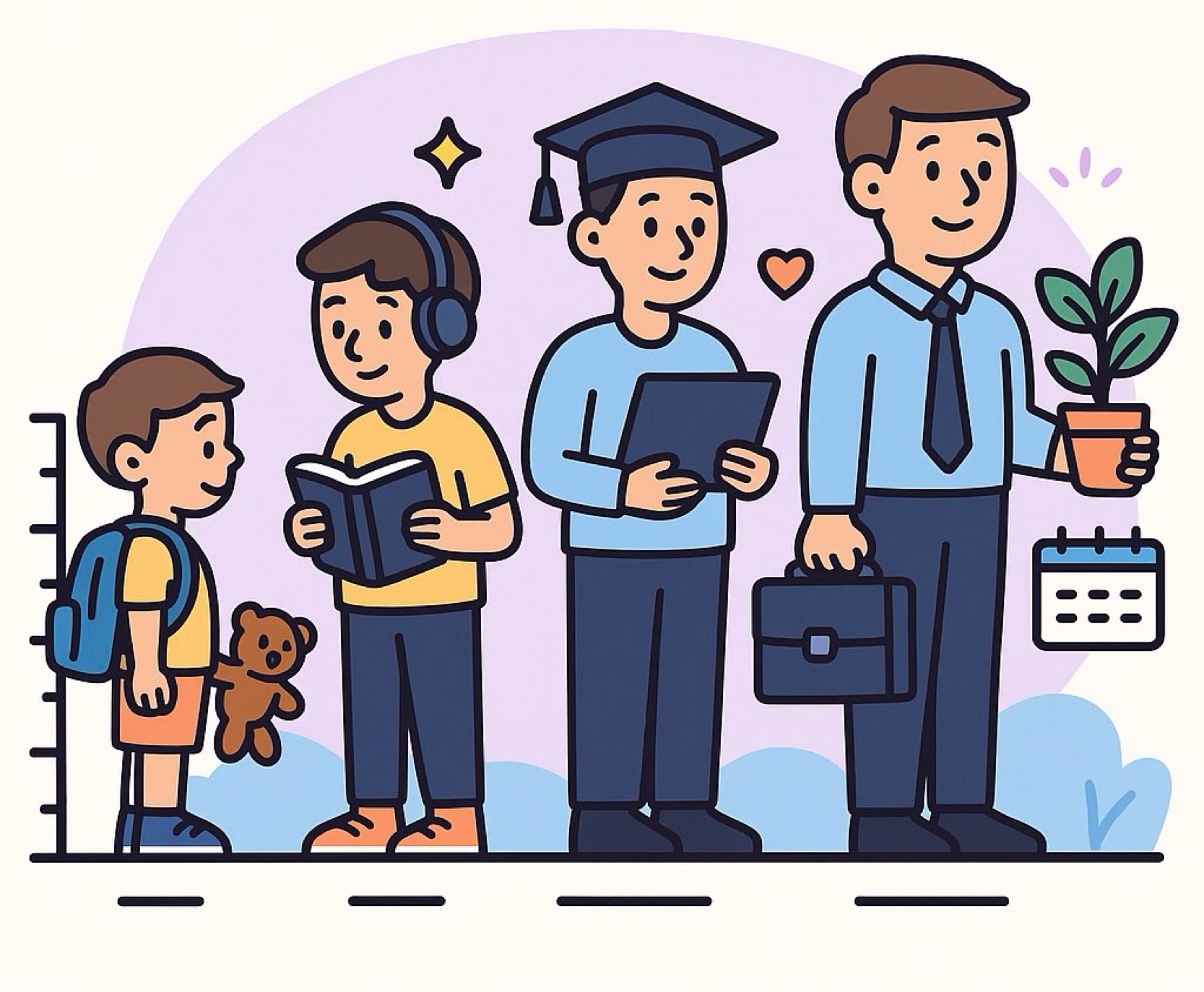Your cart is currently empty!
Tag: upper-intermediate
Source Lesson | Urban Planning – South Korea’s New Capital
Discussion Activity Clear all notes Print / Save PDF For learners, teachers, and self-studyers. Build vocabulary, then discuss with prompts and optional extras. A. Topic Overview & How to Use B. Vocabulary Click a word to expand. Inside: example (always visible), then Definition / Tip / Mini prompt / Notes as collapsible sections (autosave). C.…

Growing Up – Childhood & Change
Interactive Lesson Growing up is about taking on new responsibilities, making choices, and building confidence. In this lesson you’ll explore how people become more independent and what helps us handle fear, pressure, and change. Lesson goals — by the end, you will be able to: share personal experiences about independence and responsibility; use key expressions/idioms…
Understanding Emotions -Part 3: melancholy, fired up, grumpy, turned off
Moods can swing from calm reflection to fiery energy—or even sudden disinterest. In this post, we’ll explore melancholy, fired up, grumpy, and turned off. Discover how these words capture diverse emotional states and how you can use them to express yourself more clearly. Examples: Guess the Definition: What do you think “melancholy” means based on these examples? Examples: Guess…

Understanding Emotions – Part 2: bewildered, ecstatic, apprehensive
Emotions shape how we experience the world and communicate with others. In this post, we explore three powerful feelings—bewildered, ecstatic, and apprehensive. Learn how to describe these emotions, recognize them in different contexts, and use them naturally in conversation. Examples: Guess the Definition: What do you think “bewildered” means based on these examples? Examples: Guess the Definition:…

Understanding Emotions -Part 1: Stunned, Fuming, and Delighted
Emotions are a key part of how we express ourselves and connect with others. Words like stunned, fuming, and delighted help us convey specific feelings with clarity and depth. Whether you’re describing a moment of shock, anger, or happiness, understanding these words will make your communication more vivid and engaging. Being able to express emotions…
